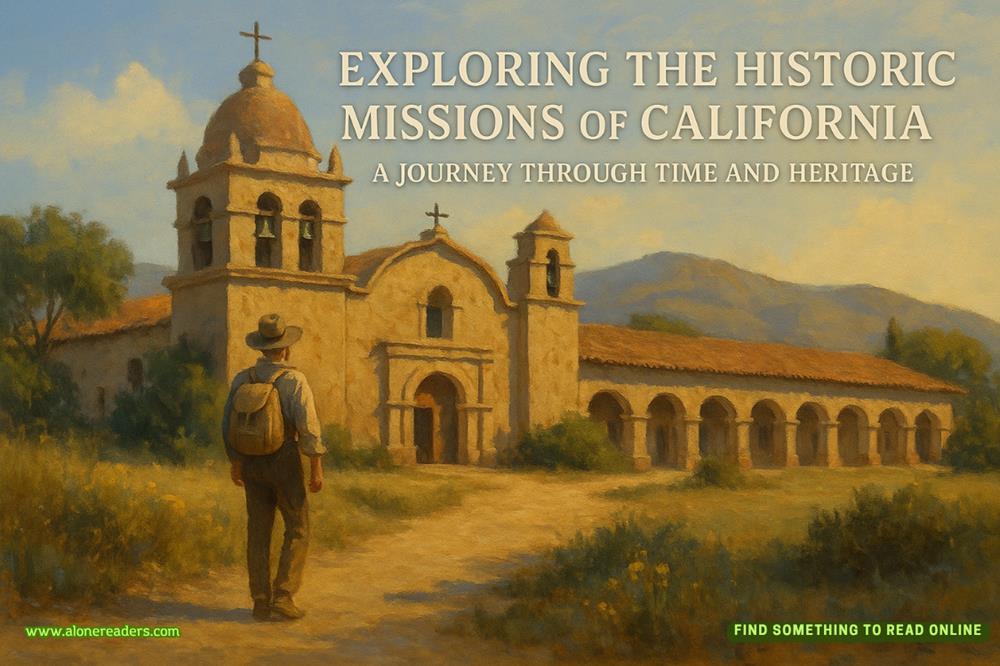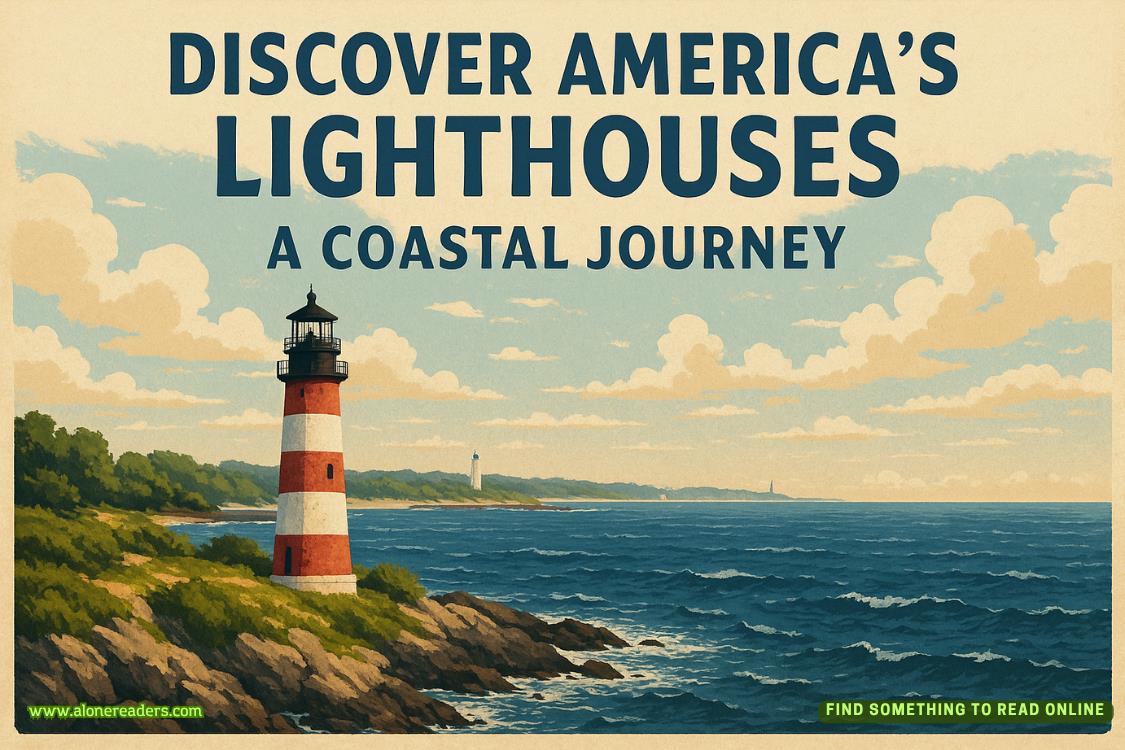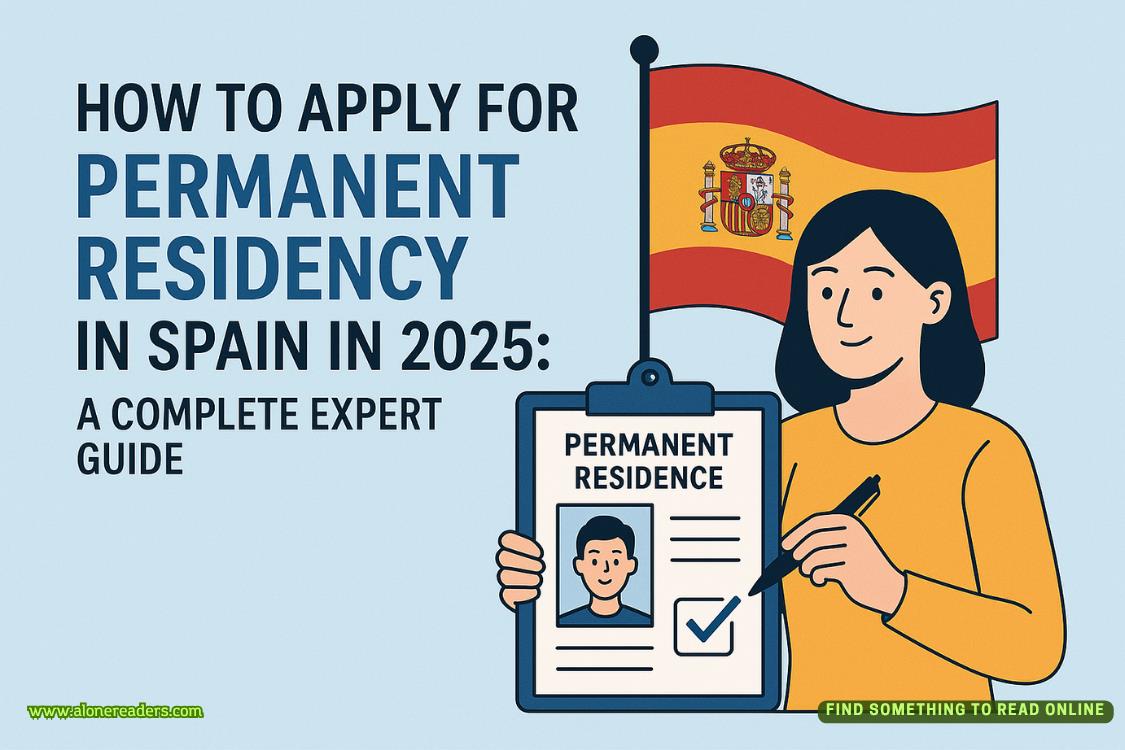Page 348 of DATE
Thanks to these factors, the academy became more open and diverse, eventually becoming the center of culture and science on the peninsula. Numerous papers on microbiology have already been published, and they even started an academic newspaper with columns where students from different factions passionately debated. The technologies in fermentationand medicine continued to advance, with many incredible discoveries emerging every year.
However, when the lord introduced electricity to them, the previously confident scholars were thrown into a state of doubt. What is this? What is this again? Why, and why again? Although the battery formulas were continuously improved, the wise researchers, after long deliberations, reached the conclusion and fearfully submitted their report to the queen.
"—Your Majesty, our current level of understanding is not enough to help you create what you need. This field is vast, like the Milky Way, and we are doing our best to explore it."
Yet, the queen was not angry. What she wanted was a sufficiently stable battery, along with devices for outputting and receiving electricity. It sounded rather rough—these things alone seemed incapable of achieving much, not even providing power or lighting for a small area.
During this time, Leonardo received a commission from the Florence Cathedral and, just as he had promised God when rescuing Hedy, began painting The Last Supper.
The large walls were evenly coated with plaster, and thin, transparent oil paints were continuously applied. The entire painting would take an extremely long time to complete—each layer of paint could be applied in just one morning, but it might take four or five days for it to fully dry. On rainy days, waiting up to ten days was not unusual.
Leonardo had gotten used to painting in the morning and assisting with the electrical research in Florence in the afternoon. When the battery and related systems were sufficiently stable, Hedy finally found time to visit.
"This is still far from enough," Leonardo said, clearly feeling some guilt. "It can only be described as a captured form of existence, but it’s not yet the 'energy' you speak of."
"It’s enough," she said with a smile.
"What?" He looked up in surprise, clearly not following the logic. "Why?"
"It’s already capable of communication."
"That’s impossible," Leonardo instinctively rebutted. "Right now, we’ve only established a switch, but it… wait?"
His expression became blank for a moment, and after a while, he muttered, "You’re right—it’s already capable of communication."
People followed instructions to bring copper wires, one five meters long and the other fifty meters long, both purified for conduction.
Leonardo stood on one side of the copper wire and held both ends, while Hedy controlled the switch. When she flipped the switch, a brief electrical current quickly passed through, like a hawk pecking at his palm.
And when she flipped the switch, waited a second, and turned it off, the long electrical current lingered for a second in his palm.
The same occurred with both the five-meter and fifty-meter wires. The speed of the current far surpassed that of horses and human legs, moving like light, freely coming and going.
Once Leonardo realized what had happened, he immediately grabbed paper and pen, rushing to Hedy with an expression of uncontainable joy. "We can communicate with this, right?!"
Hedy, wanting to tease him, responded, "With just a dot and a line, how can we communicate?"
"That’s enough!" Leonardo wrote down examples without hesitation, showing them to her. "A dot, a line—we can mark it as 'a'."
"A line, a dot, that’s 'b'."
"Then we can continue with 'c', 'd', 'e', 'f', 'g'—" He looked up, his amber eyes sparkling. "We can totally do this! We can create a reliable codebook and use dots and lines to convey messages!"
A young man standing nearby watched for a while, and seeing the teachers so excited, became a bit confused. "Why go through all that trouble? Why not just talk?"
"This is the fastest way to communicate over long distances," Fabio, the old man next to him, plucked an apricot and threw it at his head. "If we improve this device, we could communicate over five kilometers, understand?"
Not just five kilometers!
While Hedy was still immersed in the unexpected joy of the moment, Leonardo began quickly sketching again.
"And we don’t need the human brain to record these," he said, as his pen formed a typewriter-like mechanism, without her needing to offer any inspiration or guidance. "The current can travel through metal, and metal interacts with magnets. As long as we can create a device that lets the current control the rise and fall of two components representing the dots and lines…"
"We can let the machine do the recording." The old man clicked his tongue. "I’ll take care of that part."
This sparked heated discussions across multiple academies. Some even set up copper pipes on the first and fourth floors to test it out. The current easily crossed staircases and land, allowing for brief touches to ask and answer questions.
They even lay on the ground, testing different devices, trying to hear each other’s voices from five floors apart. The development of the telegraph and telecode began in earnest, with some scholars boldly predicting that within a year, they would begin setting up cross-city devices.















